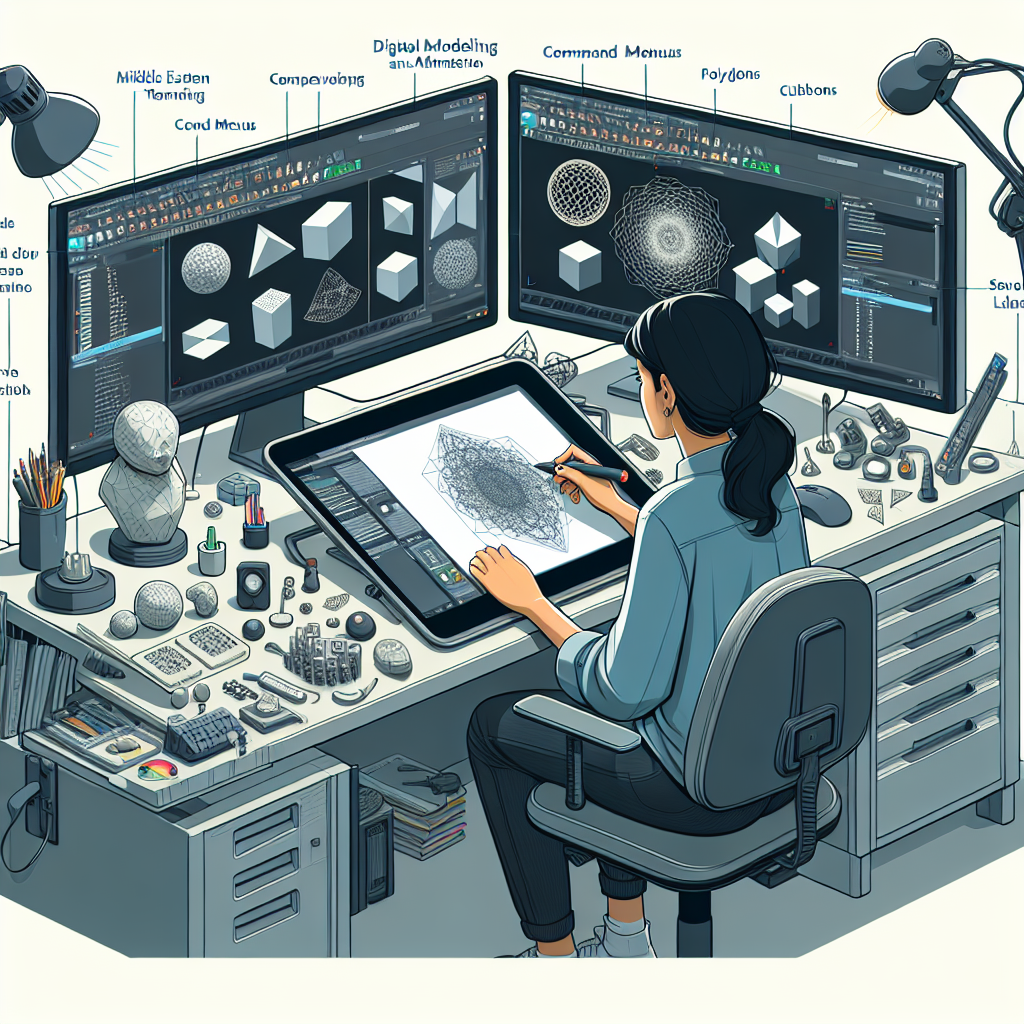Autodesk Maya is a powerful and versatile 3D modeling and animation software used by professionals in a wide range of industries, from film and television to video games and virtual reality. If you’re just starting out with Maya, it can seem overwhelming at first, but with a little patience and practice, you’ll soon be creating stunning 3D artwork and animations.
To help you get started, here’s a beginner’s guide to Autodesk Maya 2025, focusing on learning the fundamentals of the software.
1. Getting Started: The first step is to download and install Maya on your computer. You can choose between a free trial version or a subscription plan, depending on your needs and budget. Once you have Maya installed, take some time to explore the interface and familiarize yourself with the various tools and features.
2. Navigation: Maya has a complex interface with multiple panels and windows, so it’s important to learn how to navigate the software efficiently. The main viewport is where you’ll be working on your 3D models and animations, while the outliner and attribute editor panels allow you to manage objects and adjust their properties.
3. Modeling: Modeling is the process of creating 3D objects in Maya. There are several ways to model in Maya, including using primitive shapes, sculpting tools, and polygon modeling techniques. Start by experimenting with basic shapes and gradually move on to more complex objects as you gain confidence and experience.
4. Texturing: Texturing involves adding colors, materials, and textures to your 3D models to make them look more realistic. Maya has a wide range of texturing tools and features, such as the UV editor and shader nodes, that allow you to create detailed and lifelike textures for your models.
5. Animation: Maya is also a powerful animation software, allowing you to bring your 3D models to life with movement and expression. The animation tools in Maya include keyframe animation, rigging, and character animation, giving you the flexibility to create dynamic and engaging animations.
6. Lighting and Rendering: Lighting and rendering are essential steps in creating realistic and visually appealing 3D artwork. Maya offers a variety of lighting options, such as directional lights, spotlights, and ambient occlusion, to help you set the mood and atmosphere of your scenes. The rendering engine in Maya produces high-quality images and animations that showcase your work in the best possible light.
7. Practice and Experiment: The key to mastering Autodesk Maya is practice and experimentation. Take the time to work on different projects and explore the various tools and techniques available in the software. Don’t be afraid to make mistakes or try new things – that’s how you’ll learn and grow as a 3D artist.
In conclusion, learning Autodesk Maya can be a challenging but rewarding experience for beginners. By following this guide and focusing on the fundamentals of modeling, texturing, animation, lighting, and rendering, you’ll soon be on your way to creating impressive 3D artwork and animations. Remember to be patient, practice regularly, and have fun exploring the endless creative possibilities of Maya.


Leave a Reply